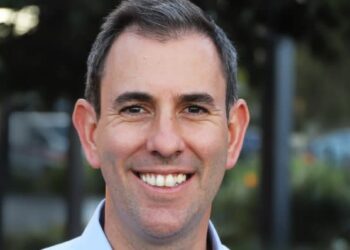FinaMetrica co-founder Paul Resnik said the “huge bias towards local assets” is exposing SMSFs to “significant investment risks and [trustees] should be urgently reviewing their asset allocations before these risks are crystallised”.
Mr Resnik said based on ATO data from the December quarter of 2014, Australian shares accounted for 32 per cent of all SMSF assets, cash and term deposits represented 28 per cent or $156.7 billion, while only 0.4 per cent or $2.4 billion was invested in international shares.
“When Australian markets correct – and they will – SMSFs will be hard hit given the sheer size of their exposure to Australian shares,” said Mr Resnik.
“But if SMSFs look offshore, there are unlimited opportunities to diversify their exposures across different asset classes and geographies, thereby reducing investment risks.”
Increasing their exposure overseas, Mr Resnik said, would also see SMSFs benefit from stronger returns.
“US markets have, for example, outperformed Australian markets over the past 12 months and the fall in the Australian dollar has magnified returns for international investors,” he said.
“If the Australian dollar continues to fall, then we could see even further gains.”
Mr Resnik said economic growth in Australia is lacklustre given the commodities downturn and the nation’s falling terms of trade, which could also depress share market returns this year.
“The US is expected to experience stronger growth in 2015, which could prompt such a further fall in the Australian dollar.”
Most SMSFs, Mr Resnik argued, “still don’t largely understand how debilitating a downturn in Australia markets would be to achieving their retirement goals”.
“Good investment advice can help minimise the risk,” he said.



VTS, VEU, SPY, IVV, IOO, IEM, for low cost simple to understand diversified index exposure to overseas and now MGE offering active exposure. That’s before I start listing International Managed Funds for equities, property, debt and infrastructure and LICs. I have no problem finding diversification opportunities and clients have benefit enormously from the exposure.
While the average balance in SMSF is far higher than in larger master funds, for most, it is still not large enough to invest offshore with some diversity to spread the risk. On top of that, while the dollar favours overseas investments, there are too many that issue a dividend cheque for US$100 which then costs $20+ to deposit. The returns have to be pretty spectacular for the average SMSF. Add lack of trustee knowledge which limits investments to a few blue chips -not a pretty picture for the average fund. For the more sophisticated it is great and they are already invested.